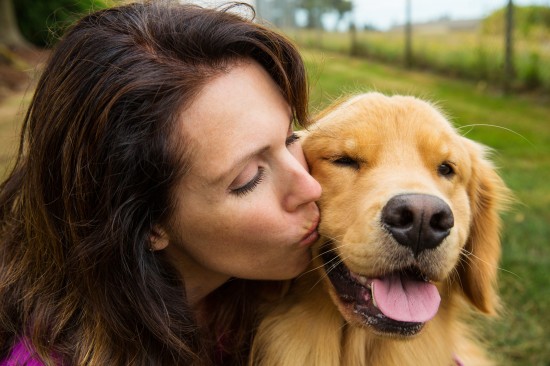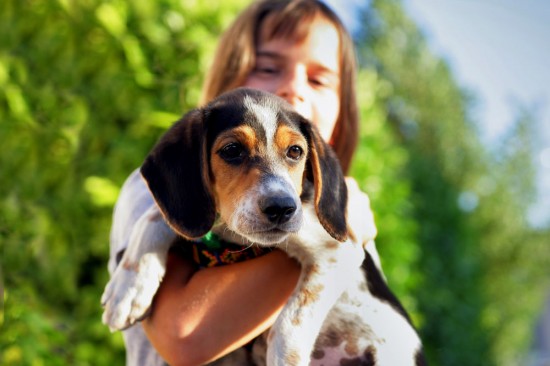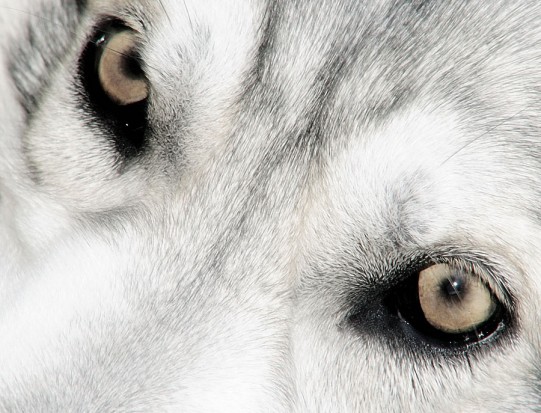Like most small businesses, veterinarians have to be competitive and offer a suite of services directly and indirectly related to pet health and safety. And like medical offices, vets offer a variety of methods of payment, including cash, check, credit card, and even insurance. Although insurance is not as prevalent in vet clinics as it is in the other health fields, it has become a factor in attracting customers. Still, pet insurance provides very little cash flow or accounts receivables management improvement for the veterinarian.
There are good reasons that pet insurance is little more than a counter-top marketing aid for vets. First, the market penetration is extremely low, around 7%-8% of pet owners. And the income level of the customers who are more likely to purchase pet insurance is around $60K and up. These middle class pet owners are more likely to have the discretionary income to pay at time of service, or at least within 30 days of service, even for the high dollar unexpected vet visit that happens from time to time. Another reason that pet insurance is not a significant cash flow benefit is that the customer still pays the vet directly for services, and then later files a claim for part of the fees with the payer. This is much like property insurance and not medical insurance.
Unlike a retail store chain, a gas station, or a hair stylist shop, veterinarians are viewed much like the old country doctor who will patiently provide health care, and then will gladly invoice the customer and/or accept partial payments. This does not mean vets are ignorant of the common practices of cash and accounts receivable management. In fact, like most medical offices, the customer will often see signs at the vet's front desk asking for payment at the time of service. And vets do train the staff to ask for the payment at check-out and offer alternatives, such as credit card, to any customers who don't have their checkbook, or ask if they can pay "a little" now and receive a bill for the balance. However, customer relations and repeat business play a significant role in the veterinarian's competitive positions, and few vet offices will ever push for payment once the customer has insisted upon an invoice.
It is well-known that once the patient or customer leaves the office, the chance of receiving full and timely payment diminishes significantly; therefore, receivables management for the "small pets" veterinarian is an issue, although a smaller issue than a small medical office. But what about the vet who serves a more rural area and has to mix office visits with house calls for "pasture" or farm animals? According to examples cited in some of the popular veterinary business publications, such as Veterinary Economics, receivables for the vets who serve mostly farm animals can run as high as 30% - 40% of their revenue. Without the "point of service" payment processing tools available to the office based vet, the farm vet has less chance to collect all or even part of the bill at the time of service.
In either the office vet's or farm vet's situation, there is almost never the amount, or level, of office staff available to do proper and timely follow-up on any outstanding AR. The most any vet can expect from the staff is the monthly statement run, until about 90 days after invoicing, and then the difficult decision to send a customer to collections. These methods are not conducive to timely cash flow or to customer relations. Alternatives do exist, however, for the veterinarian who wishes to combine front desk collection techniques with swift, but professional, pre-collection efforts for any outstanding balances owed after the customer has received service and returned home to enjoy the company of a healthy pet.

 How Long Will It Take For A Dog To Bond With A New Owner?
How Long Will It
How Long Will It Take For A Dog To Bond With A New Owner?
How Long Will It
 Five Important Life Lessons That Children Learn From Pets
Five Important Li
Five Important Life Lessons That Children Learn From Pets
Five Important Li
 The Five Most Expensive Cat Breeds In The World
The Five Most Exp
The Five Most Expensive Cat Breeds In The World
The Five Most Exp
 Exotic Animals That Make Great First Time Pets
Exotic Animals Th
Exotic Animals That Make Great First Time Pets
Exotic Animals Th
 For Those Who Love Wolves - The Northern Inuit Dog
For Those Who Lov
For Those Who Love Wolves - The Northern Inuit Dog
For Those Who Lov